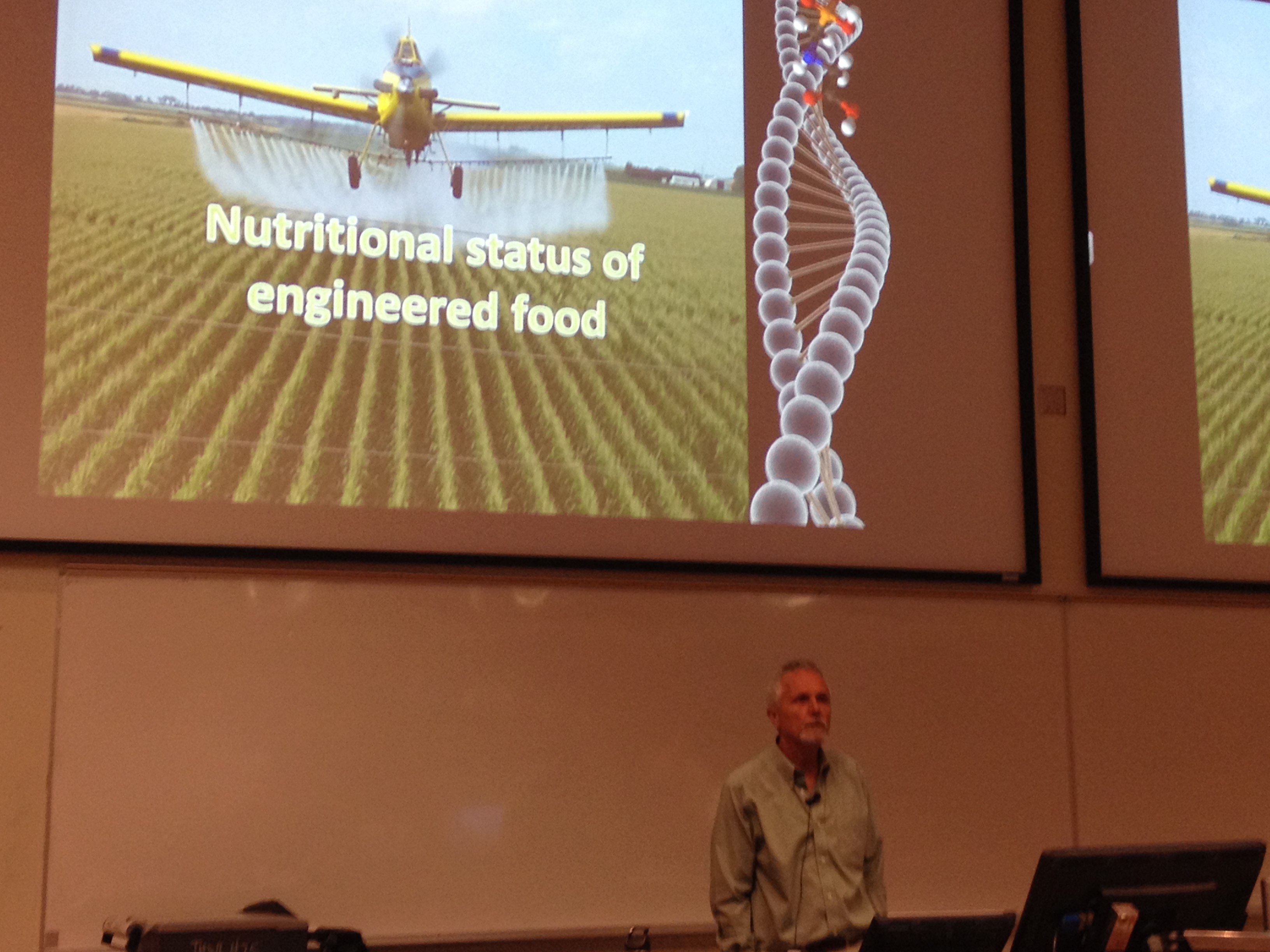Electrical engineering is a field that can be applied in a variety of areas, such as sustainable technology and health sciences.
U of M professor of electrical and computer engineering Douglas Thomson researches the development of electronic sensors for many purposes.
One of his projects uses the sensors to analyze cells. The sensors can measure the electrical properties of cells to monitor changes in their physiology.
Because ions conduct electricity, engineers can use electrical methods to track cell ion contents. If they observe that a cell’s ion content has dropped significantly, they can declare that cell to be non-viable.
The same methods can be used to determine how cancerous a cell may be. Cells can be cancerous to different degrees, and how cancerous a cell is can be tracked by observing electrical changes. There are also some electrical changes linked to the activation of white blood cells when they encounter infections.
Thomson and his team aim to develop a device that can test a cell’s electrical properties at a relatively low cost with a short turnaround time.
Being able to analyze cells is important for the development of biomedicine. Several new drugs are produced by cells, particularly those used to treat cancer.
Biomanufacturers will modify a cell to make it produce a given drug. The production process is somewhat delicate because the drug must be extracted at the right time.
Waiting too long to harvest the drug can result in the protein not being in its proper shape. The incorrect protein folding can prevent the drug from activating. Electric cell monitors can be used to optimize protein production by calculating the ideal extraction time.
Another type of electronic sensor that Thomson researches is used for the structural monitoring of bridges. These sensors can detect damage such as cracks and corrosion.
Some age-related changes in bridges are difficult to completely observe with the naked eye, so a sensor can assist in the monitoring process.
Because infrastructure is involved, Thomson works with civil engineers. Civil engineers have a deeper knowledge of structures such as bridges than electrical engineers.
“It has to be a real collaboration,” Thomson said. “You have to talk with them about what you’re going to do and what they need.”
Building conditions are an area of difference between the two fields. Electrical engineers generally research in laboratory settings where temperature and humidity are controlled.
Civil engineers, on the other hand, must prepare their inventions to withstand the elements, including extreme temperatures.
“I think there’s as much distance between electrical engineering and civil engineering as there is between electrical engineering and microbiology,” Thomson said.
Another reason that Thomson collaborates with others is that his projects of interest are often user-oriented. This means that he has to have more correspondence with the people who will be using his research.
For bridges, Thomson and his team must work with governments to comply with regulations.
Some engineering students participate in Thomson’s research, particularly in the area of hardware development. Having students work in the development process teaches them skills that are applicable anywhere in engineering.
Thomson encourages students who are interested in this field to engage in research that will help them develop transferable engineering skills.
“Work on projects that are going to give you a little bit [of a] broader experience base so that your options are not very narrow when you graduate,” he said.
“You never know where you’re going to work.”





